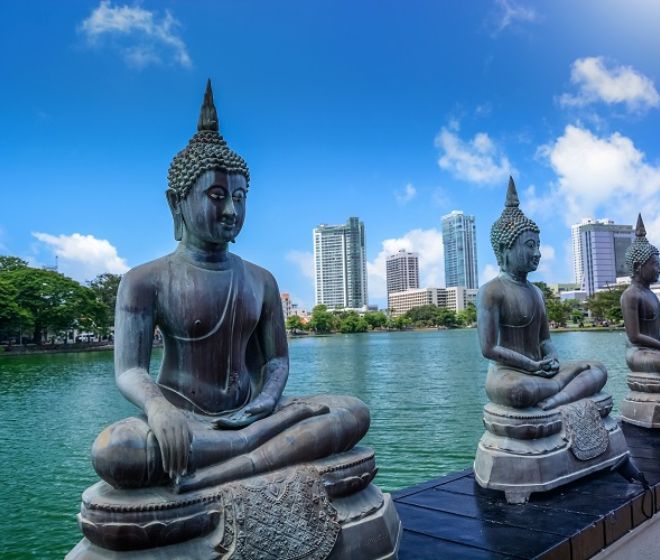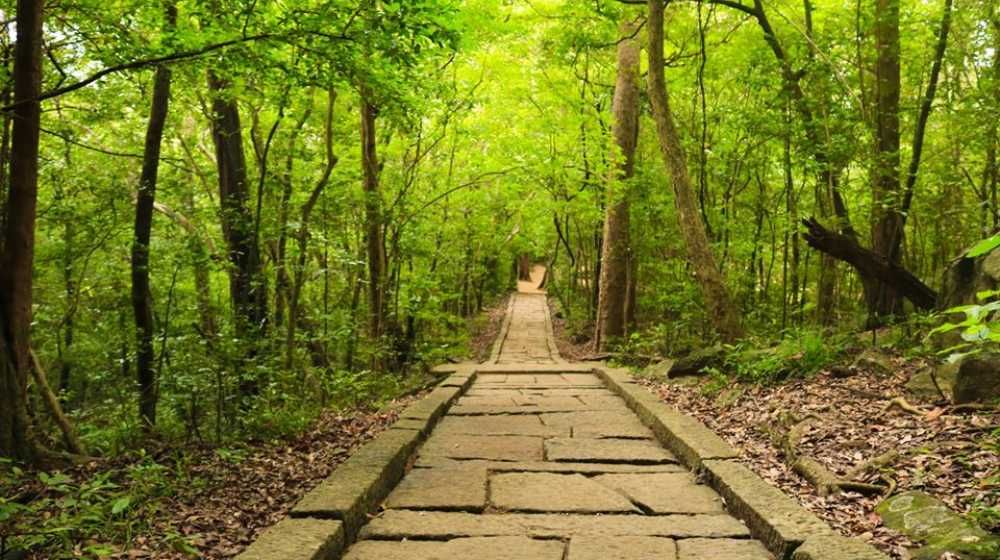
Ritigala Strict Nature Reserve
A strict nature reserve (IUCN category) is one of the two highest categories of protected areas recognized by the World Commission on Protected Areas (WCPA).
These areas are mainly declared for the purpose of research and for preservation and protection of large, unspoiled areas of wilderness. The primary purpose of such areas is to preserve biodiversity as essential reference areas for scientific work and environmental monitoring.
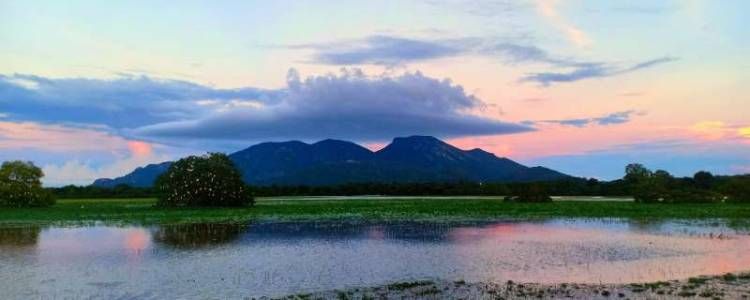
Ritigala Strict Nature Reserve is located in the dry zone of the island, Ritigala is one of the few high altitude forests, encompassing an area of 1,528.1 hectares and was declared a Strict Natural Reserve in 1941. Since it is home to species which are rare and possibly extinct from the region, and also because its isolation provides ideal conditions for the evolution of species, the conservation of such ecosystem is extremely important.
Located in the Anuradhapura district, of the North Central Province, Ritigala is Named after Riti (Antiaristoxicaria), a type of tree found in the mid portion of the slopes Ritigala, the highest isolated hill range in Sri Lanka, with nothing but the flat lands of the central Sri Lanka surrounding it. Quartzite and Marble rocks dating back almost 2000 million years, are found in the Ritigalamountains. It consists of 3 separate peaks, namely, “Kodigala” kanda in the northern block and the “Wannati-kanda” and “Aushada-kanda” in the southern block.
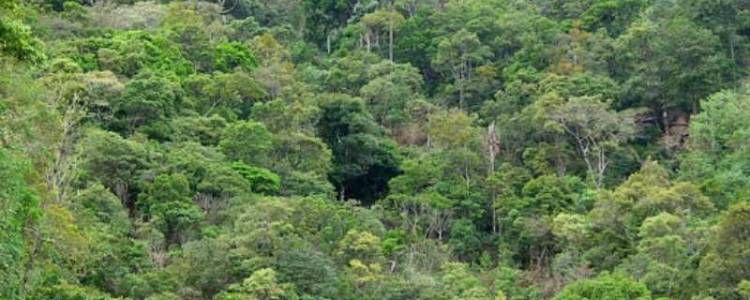
According to inscriptional evidences, Ritigala is believed to date back to the 2nd and 4th century B.C. The ruins of an ancient Buddhist monastery, from 9th century, the Lanka viharaya built by king Sooratissa Mountain during 187-177 B.C., 152 stone inscriptions, 74 rock caves, and 140 archeological buildings are some of the ancient ruins found in the Ritigala area.
Ritigala SNR comprises of dry monsoonal, evergreen and montane forests. It is affected by both the southwest and northeast monsoons with the altitude subdividing the wet zone into low lands (0-900m), Sub montane region (900-1500m) and the montane region (above 1500 m).
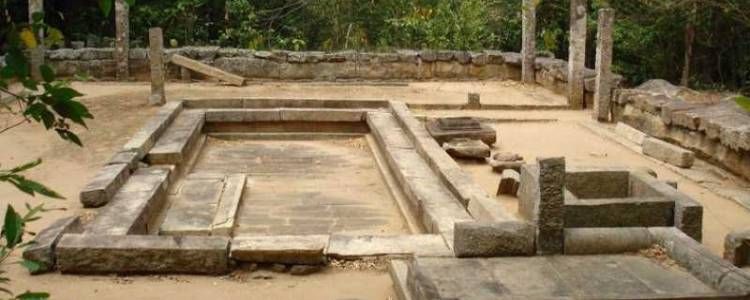
The crests of Ritigala are covered in mist during the southwest monsoon even when the foot of the Ritigala mountain experience drought. October to November is rainy and June to September is dry. While Na Ela, Deva Ela and MalwathuOya originate from the reserve, the tanks UlpathWewa, HuruluWewa, KiriyagasWewa and KaluebbeWewa are found in the surrounding area, with deep cylindrical rock pools are found near Deva Ela.
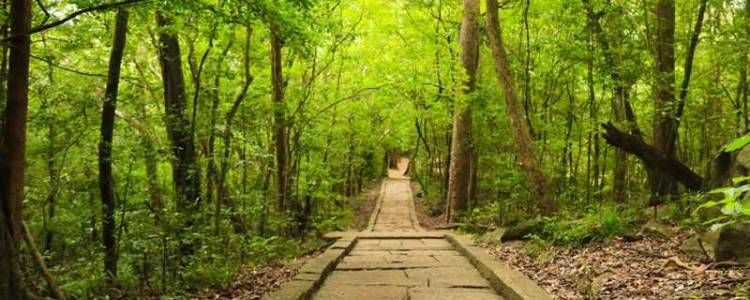
Due to the availability of suitable environmental conditions within the reserve, a high proportion of endemism can be attributed to the survival of many wet zone species even though it is situated in the midst of the dry zone. It boasts of 417 species of flora among which 337 are flowering plants, 5 are endemic and 3 only found in Ritigala. Over 30 species of mammals, including the endemic Golden Palm Civet and Toque Macaque call Ritigala home. Other noteworthy mammals are the Sloth Bear, threatened Leopard, endangered Elephant, Grey Slender Loris, Grey Langur, Jackal. Rusty-spotted Cat, Fishing Cat, Striped-necked Mongoose, Barking Deer, Spotted Deer, Sambar, Wild Boar, Porcupine, Pangolin and several species of Bats.
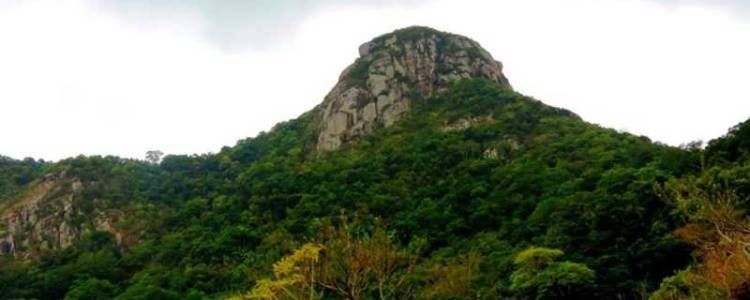
More than 100 species of birds are known to frequent Ritigala, including the endemic Spot-winged Thrush, Sri Lanka Jungle Fowl and Sri Lanka Spurfow, The Great Raquet-tailed Drongo, Grey Hornbill, Malabar Pied Hornbill, Blue Faced Malkoha, Rufous Woodpecker, Rufous-bellied hawk-eagle and Mountain hawk-eagle are some of the colorful avifauna that rove the skies and waters of Ritigala.
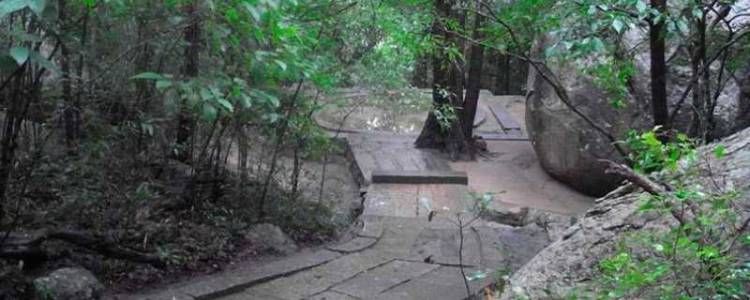
The reptile fauna of Ritigala includes Geckos, Lizards, Tortoises, snakes and Skinks. Approximately 50 species of colourful butterflies, 20 species of fish and 16 species snails have also been recorded at Ritigala.


